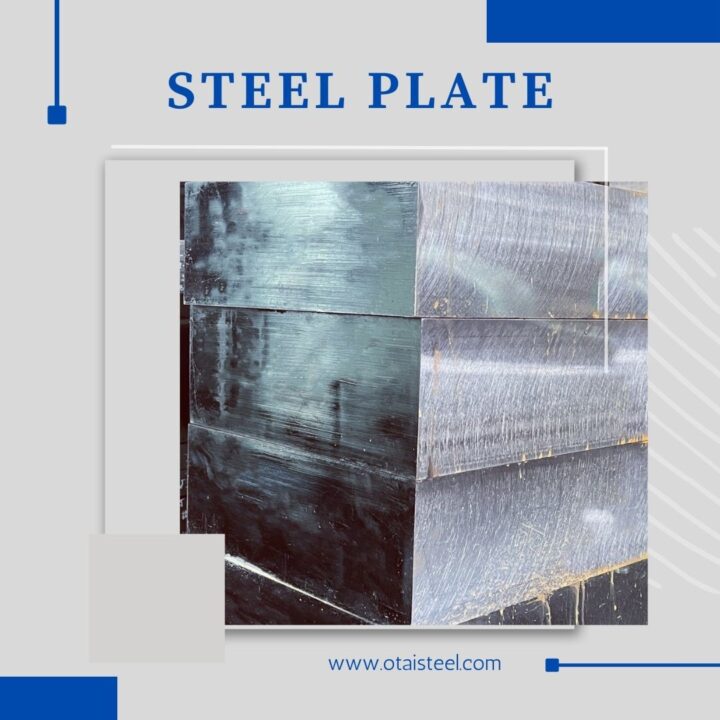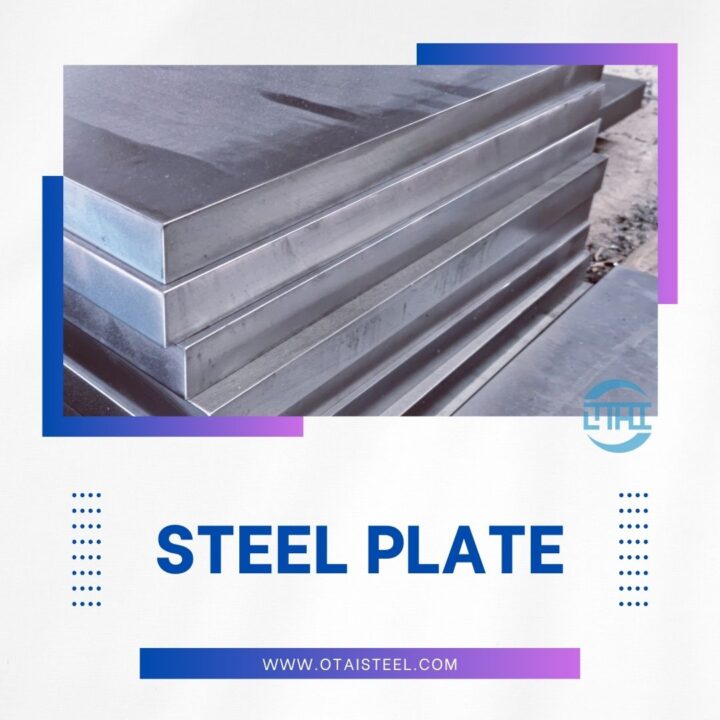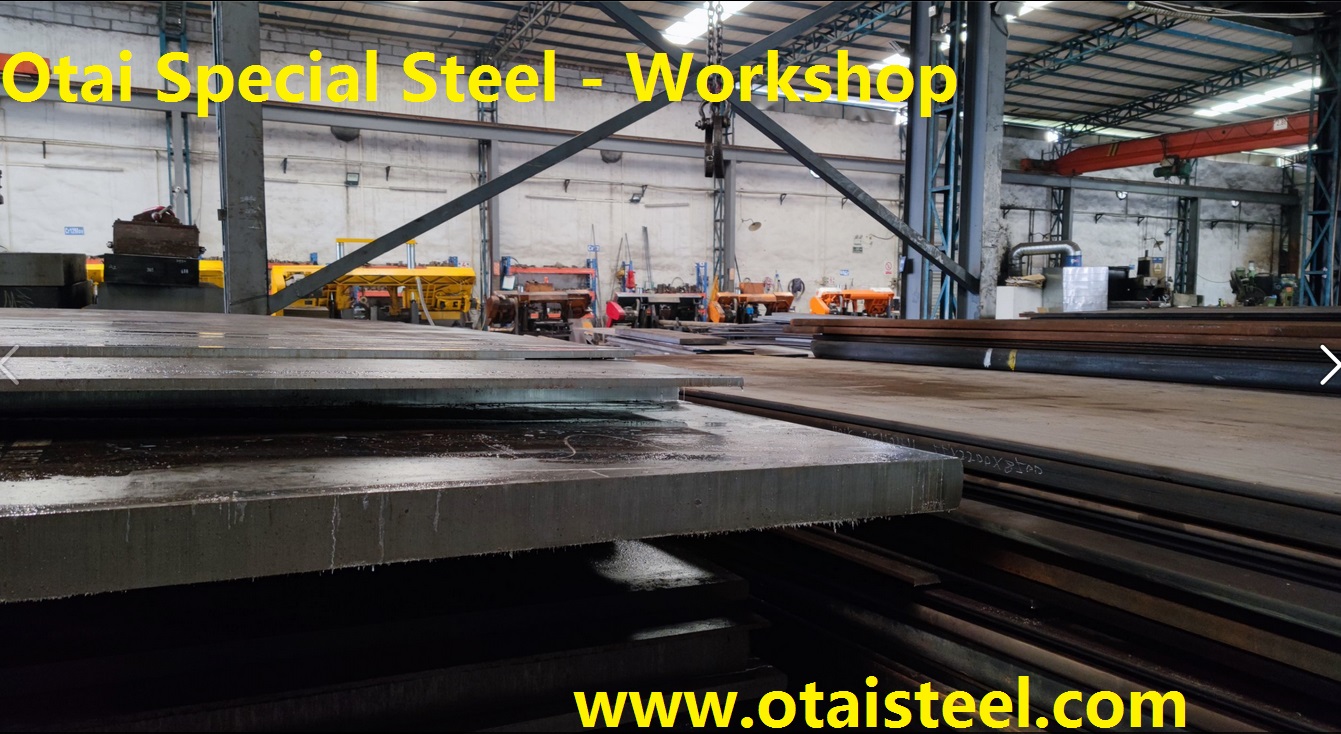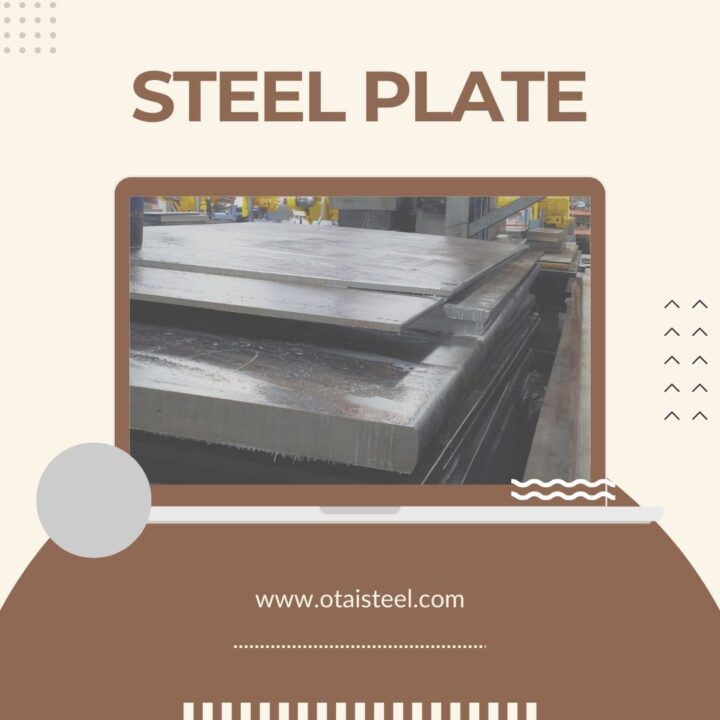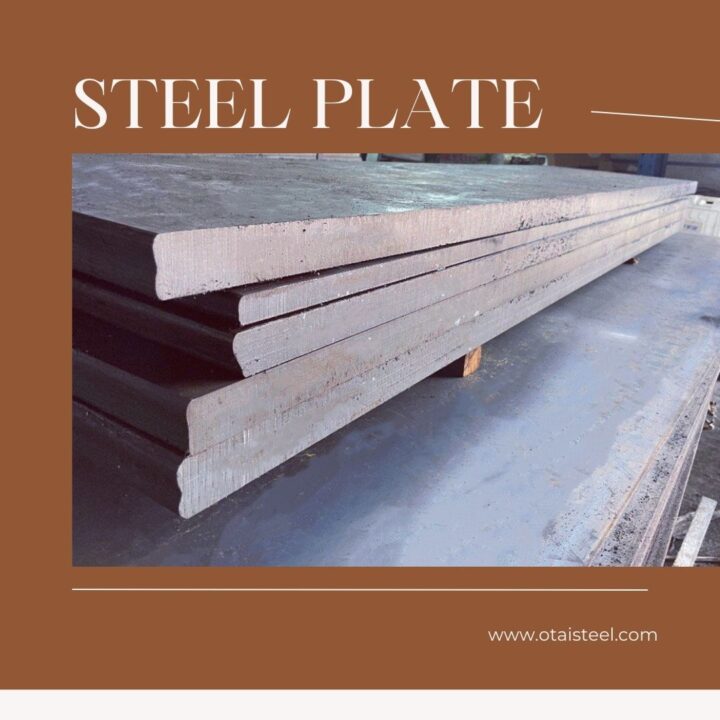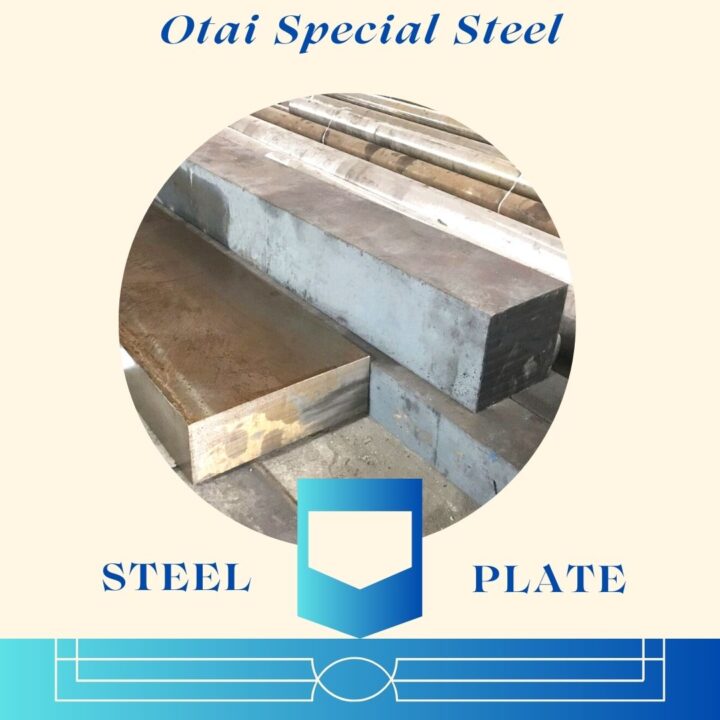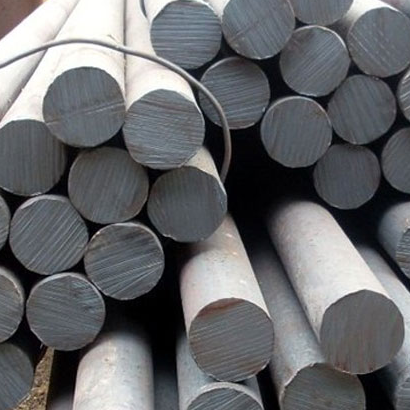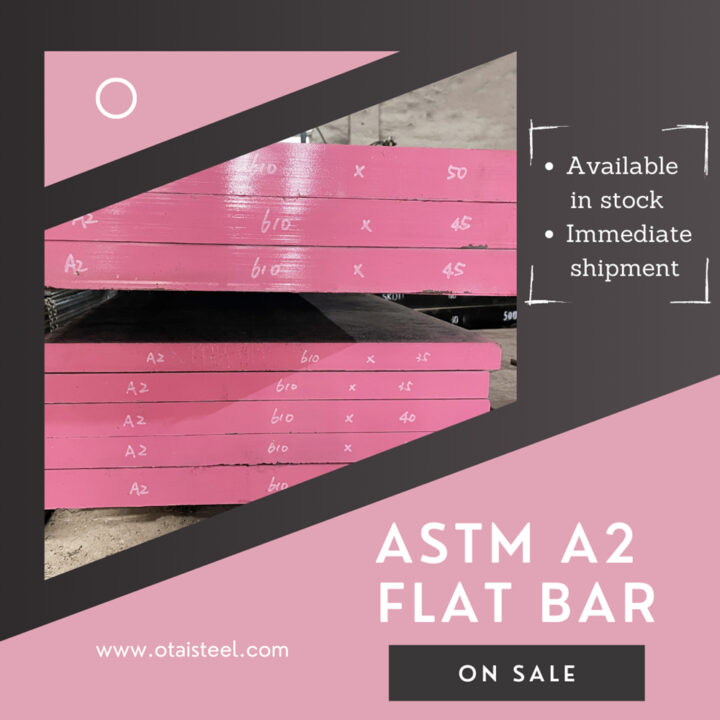When machining 4340 steel, several key considerations must be kept in mind. The hardness of the material requires using appropriate cutting speeds, feeds, and depths of cut to prevent excessive tool wear and maintain dimensional accuracy. Additionally, stability and rigidity of the machining setup, workpiece clamping, and effective chip evacuation play essential roles in achieving optimal machining outcomes.
Cutting Tools for Machining 4340 Steel
Selecting the right cutting tools is vital for machining 4340 steel effectively. Carbide inserts with high wear resistance and toughness are commonly used for turning, milling, and drilling operations. Coatings like TiN, TiCN, or TiAlN can further enhance tool life and reduce friction during machining. Choosing appropriate geometries, such as positive rake angles, also aids in reducing cutting forces and heat generation.
Machining Operations for 4340 Steel
Several machining operations are involved in the fabrication of components from 4340 steel. Turning, milling, drilling, and broaching are commonly employed. For each operation, proper tool selection, cutting parameters, and tool paths should be determined to ensure efficient material removal and dimensional accuracy.
Cooling and Lubrication for Machining 4340 Steel
Cooling and lubrication play vital roles in machining 4340 steel. Adequate cooling with cutting fluids or coolants helps dissipate heat generated during machining, reducing the risk of thermal damage to the workpiece and tool. Lubrication reduces friction between the cutting tool and workpiece, minimizing tool wear and improving surface finish.
Machining Challenges and Troubleshooting
Machining 4340 steel can present certain challenges, including work hardening, built-up edge formation, and tool wear. Understanding the root causes of these challenges and implementing appropriate troubleshooting techniques is crucial. Adjusting cutting parameters, choosing suitable tool coatings, and optimizing machining conditions can help overcome these challenges.
Surface Finish and Dimensional Control
Achieving the desired surface finish and dimensional control is essential in machining 4340 steel components. Proper tool selection, cutting parameters, and machining techniques contribute to obtaining smooth surfaces, minimal tool marks, and dimensional accuracy. Post-machining processes like grinding or polishing may be employed for critical applications requiring exceptional surface finish.
Post-Machining Heat Treatment
Post-machining heat treatment is often necessary for 4340 steel to restore its mechanical properties and relieve residual stresses induced during machining. Processes such as stress relieving, normalizing, or tempering may be employed based on the specific requirements of the component and the machining operations performed.
Applications of Machined 4340 Steel
Machined 4340 steel finds diverse applications across industries that require high-strength components with excellent fatigue resistance and wear properties. It is commonly used in manufacturing aircraft landing gear, crankshafts, gears, and structural parts in the aerospace, automotive, and oil and gas sectors. Precise machining ensures the components meet strict performance and reliability requirements.
By following these guidelines and employing best practices, manufacturers can achieve precise and efficient machining of 4340 steel, contributing to the production of high-quality components for various industries. (Machining Techniques for 4340 Steel)
